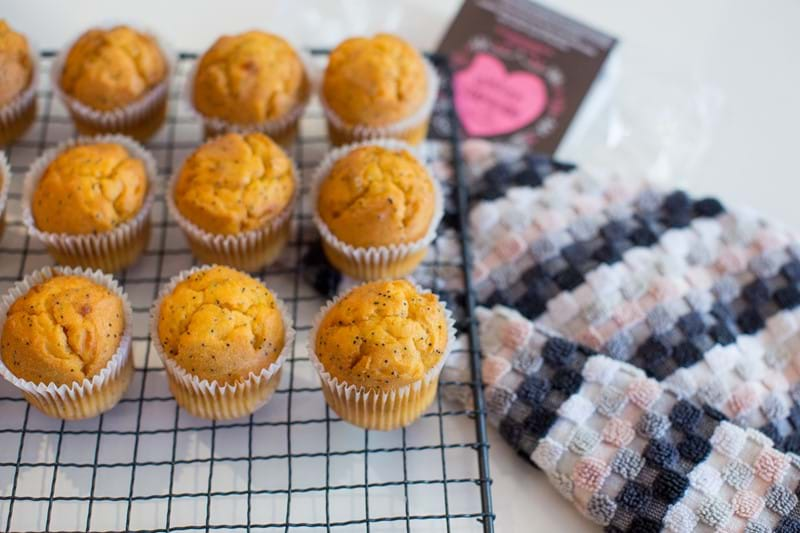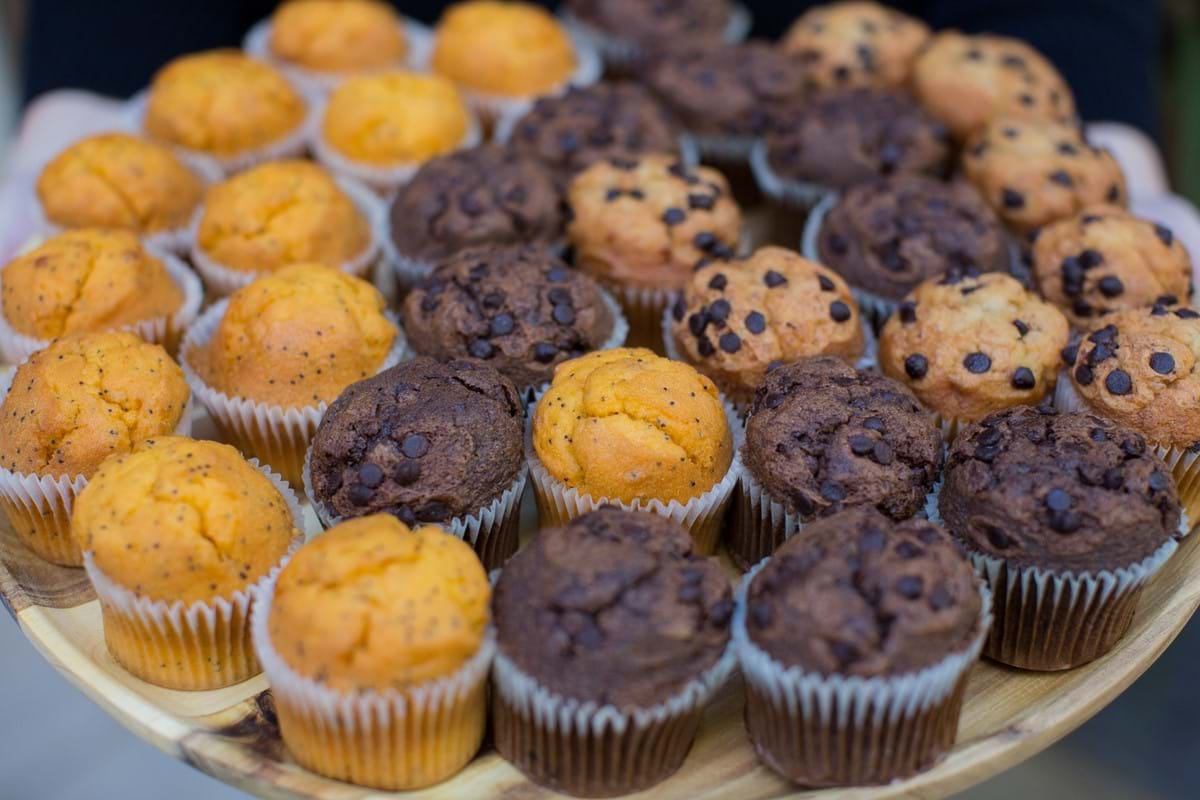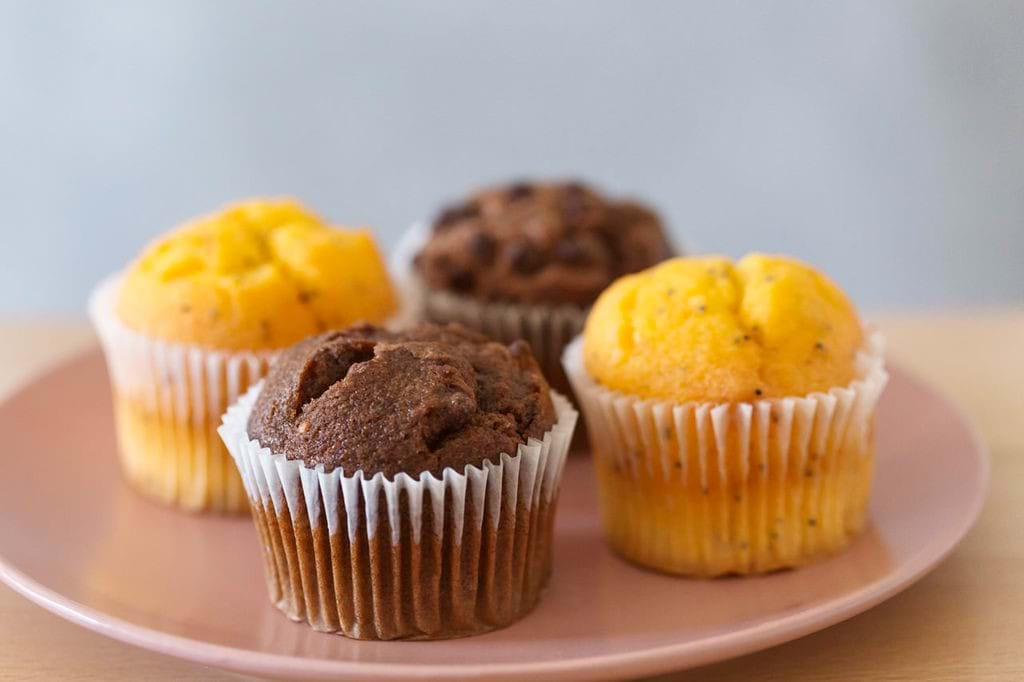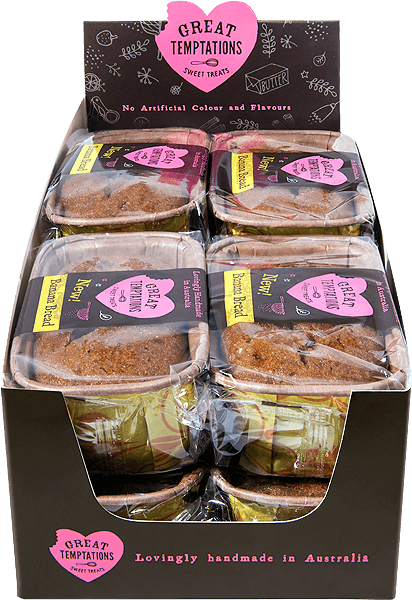
Whether shared online, tucked away in old cookbooks, or exchanged around the dining room table, it can become a challenge to tell apart factual and fictitious when it comes to baking ‘tips’ and ‘tricks’.
Today we’re on a mission to demystify the baking world and finally whisk away these 6 common myths and misconceptions.
Whether you’re a baking novice or have been whipping things up in the kitchen since you were old enough to lick the beaters, there’s always something new you can learn in the kitchen!
Myth #1: Sugar is only for sweetness
Our first myth explores a question you might not have considered before. Ever wondered why sugar is an essential ingredient in every baking recipe? From cupcakes to cookies and cobbler, while sugar certainly sweetens the deal its magic doesn’t stop there.
More than just a sweet taste, sugar is the golden ticket to that tantalising golden toastiness in your baked goods. Sugar is also ‘hygroscopic’, meaning it ensures your treats stay moist in the oven and keep their shape while baking. So sugar is more than just the icing on the cake, it’s a secret ingredient to make your desserts simply irresistible.

Myth #2: All ovens are calibrated the same
Not all ovens are created equal! Every model of oven is slightly different and understanding your oven’s unique quirks can help you either whip up a sweet success or leave your recipe feeling half-baked. Head into your kitchen right now - what do you see? Is it a trusty old gas oven that takes its sweet time to heat up? Or a modern electric oven that always seems to burn whatever you’re cooking!
For perfectly baked treats, remember to always preheat your oven in advance and double check the oven’s temperature with an oven thermometer. If you’re facing other hiccups like uneven cooking or lengthy baking times, consider booking in an oven service to keep things sizzling smoothly.
Myth #3: Adding more baking powder or soda will make your baked goods rise higher
Baking powder and baking soda are the dynamic duo which give your cake that sought-after cloud-like fluffiness. However, be aware that going overboard with these ingredients won’t send your creations to new heights and will leave your desserts with a metallic, soapy aftertaste.
Think back to your school days, when a simple baking soda and vinegar mix turned into a volcanic extravaganza! The same chemistry applies in the kitchen, except instead of an eruption you’re left with teeny-tiny pockets of air in your baked goods. These little bubbles of air give your cake that light and fluffy texture. To achieve the perfect rise it’s important to strike a balance between your baking soda and its acidic counterpart, whether that’s something fruity like lemon, chocolate, buttermilk or coffee.
Myth #4: You can't overmix batter
One of the most common baking blunders that many encounter is the tendency to overmix their batter. If you've ever found that your once-fluffy treats emerge from the oven disappointingly flat despite following the recipe meticulously, you might just be falling into this trap.
Picture those tiny air pockets bubbles that were created when you added baking soda to your mixture. Over zealous stirring can burst these bubbles, stopping them from rising to their full potential in the oven. This golden rule also applies to gluten-based breads where overmixing will cause the development of excess gluten, turning your dough into an undesirable tough loaf.

Myth #5: Gluten free cakes taste bad
As many who follow a gluten-free diet are well aware, it can be nearly impossible to find a good gluten free dessert. But that doesn’t need to be the case! Gluten-free goodies have gained a bad reputation for being excessively dry and dense since gluten is responsible for providing structure and contributes to that coveted fluffy texture.
The term ‘gluten-free’ signifies the use of alternatives to wheat flour such as maize (corn), rice, tapioca, oat, soy, and other flours, which people suffering from a gluten intolerance can still enjoy. Another key ingredient in gluten-free cakes is something called xanthan gum, which helps to bind the batter in the place of gluten.
For proof that tasty gluten-free snacks can be done, check out our delicious Great Temptations GF muffins - orange and poppyseed and chocolate flavours which taste just like the originals!
Myth #6: Baking is an exact science
While precision is essential in baking, it's not the rocket science some may think. If it were, every recipe would turn out exactly the same each time which we all know isn’t the case! The key to unlocking baking’s secrets is to understand the ratios used, like wet to dry, or acidic to basic ingredients. If you stray too far from these ratios then your cake won’t rise and your cookies will be soggy.
But don’t let this scare you away from experimenting with your own ideas. Many recipes allow for some flexibility and creativity for you to bring your own ideas to the table. You’ll never be a good baker if you’re scared to break a few eggs!
Do you love baking? We do! Check out our range of sweet treats available in stores across Australia.

